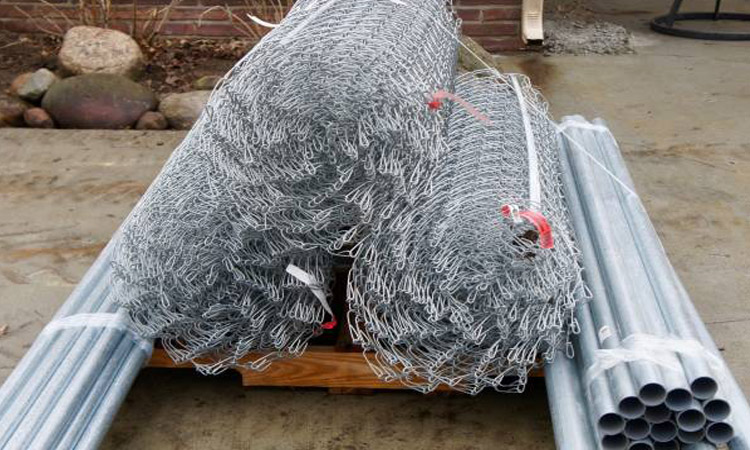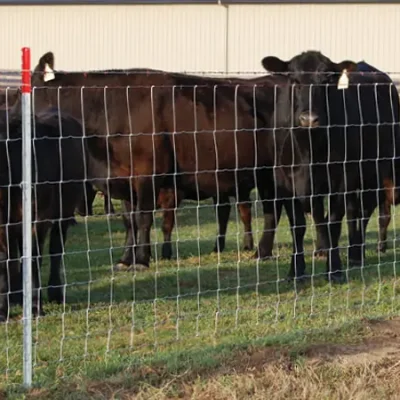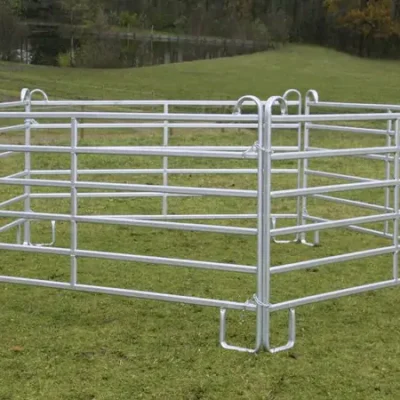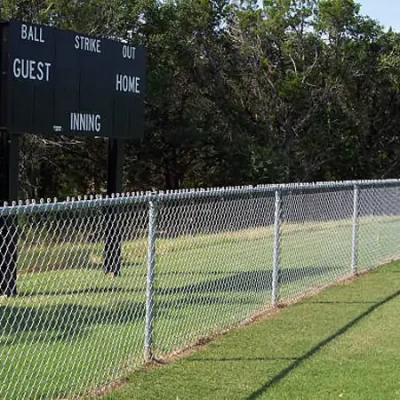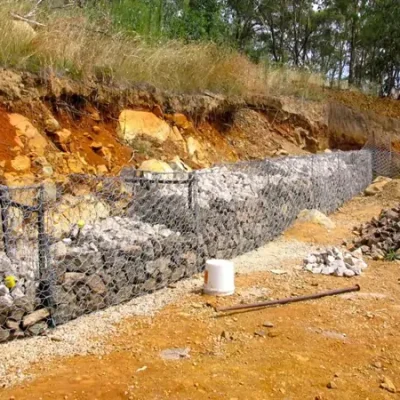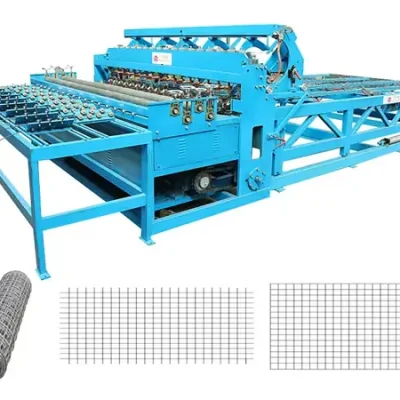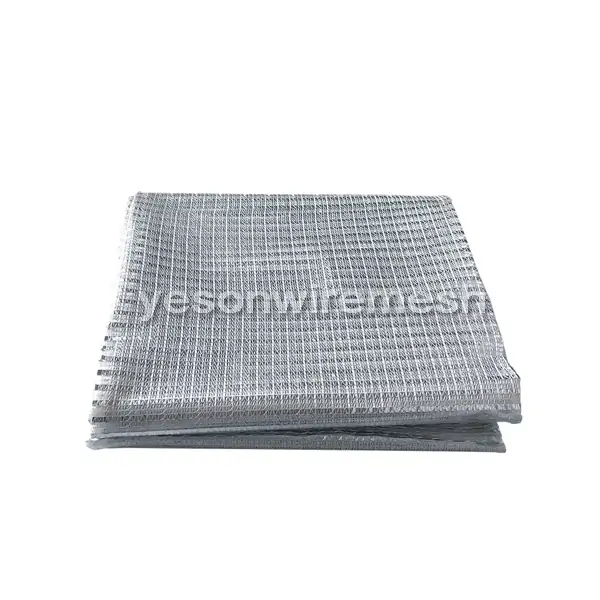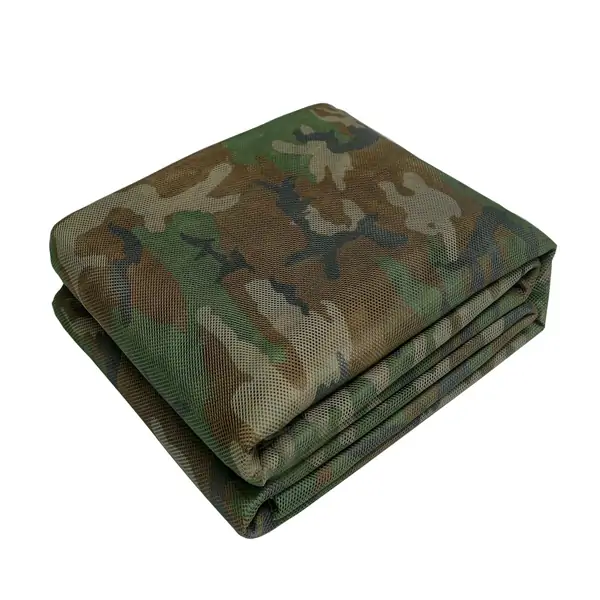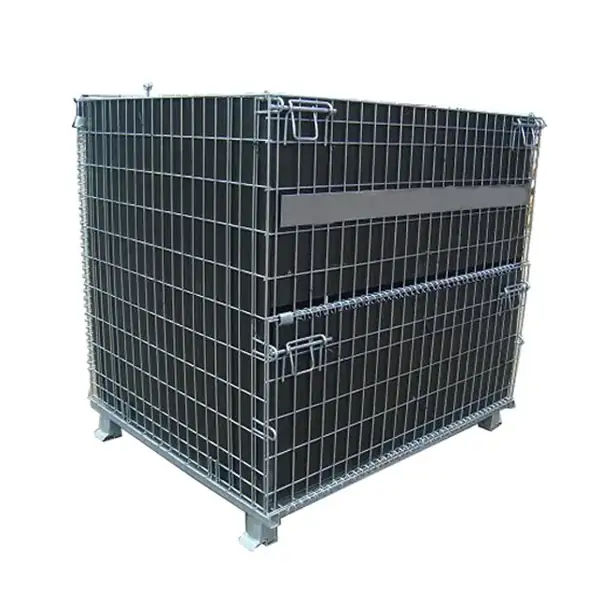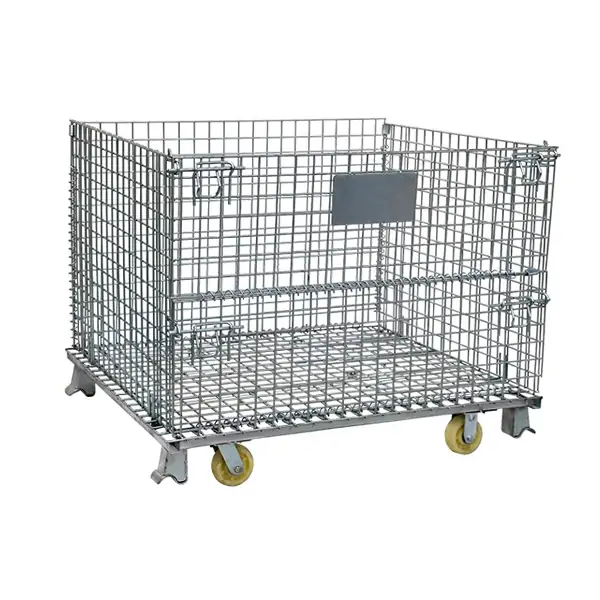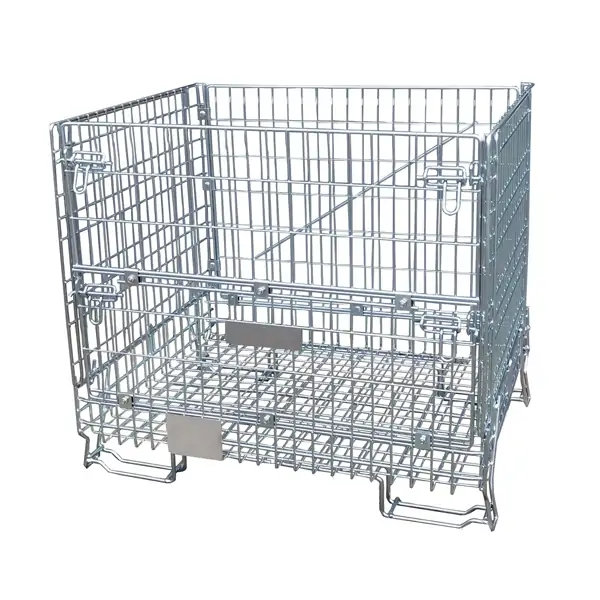Chain link fence is a popular choice for residential and commercial properties due to the outstanding features of this fence such as durability, safety, and cost-effectiveness. The distance between fence posts is one of the important considerations when installing chain link fence. Accurate spacing ensures the stability and longevity of your fence. In this article, we’ll discuss solving the problem of chain link fence post spacing and provide guidance on achieving an optimal and strong fence.
Table of Contents
ToggleFactors Affecting Chain Link Fence Post Spacing
Several factors influence the spacing between chain link fence posts, including:
Fence Height
The height of the fence is a significant factor in determining the spacing between posts. Taller fences require more frequent placement of posts to maintain stability and prevent sagging or leaning.
Wire Gauge and Diameter
The gauge and diameter of the chain link wire also impact post spacing. Heavier gauge wires may allow for wider post spacing compared to lighter gauges, ensuring structural integrity.
Wind Load
The wind load in the specific area where the fence is being installed must be considered. Windier regions may require closer post spacing to withstand the force exerted by the wind on the fence.
Soil Conditions
The type and condition of the soil in the installation area play a role in determining post spacing. Soft or sandy soil may require closer post spacing to prevent the fence from leaning.
Intended Use and Security Needs
The purpose of the fence, whether for security, decoration, or containment, influences post spacing. A fence used for security purposes may need closer post spacing to enhance its strength and stability.
Guidelines for Chain Link Fence Post Spacing
To achieve a sturdy and reliable chain link fence, follow these general guidelines for post spacing:
Standard Post Spacing
Typically, chain link fence posts are spaced 7 to 10 feet apart. This spacing provides adequate stability for fences up to 6 feet in height.
Taller Fences
For fences taller than 6 feet, consider reducing the post spacing to 5 to 7 feet to ensure the fence can support the additional height and wind load.
End, Corner, and Gate Posts
Special attention should be given to end, corner, and gate posts, which require closer spacing for added strength and support. These posts usually have a spacing of 4 to 6 feet.
Consult a Professional
It’s essential to consult with a fencing professional or engineer to determine the most suitable post spacing for your specific project based on the factors mentioned earlier.
In conclusion, achieving the correct spacing between chain link fence posts is crucial for the stability, durability, and overall effectiveness of the fence. Consider the height of the fence, wire gauge, wind load, soil conditions, and intended use to determine the optimal post spacing. Always seek guidance from professionals to ensure a successful and long-lasting chain link fence installation.

